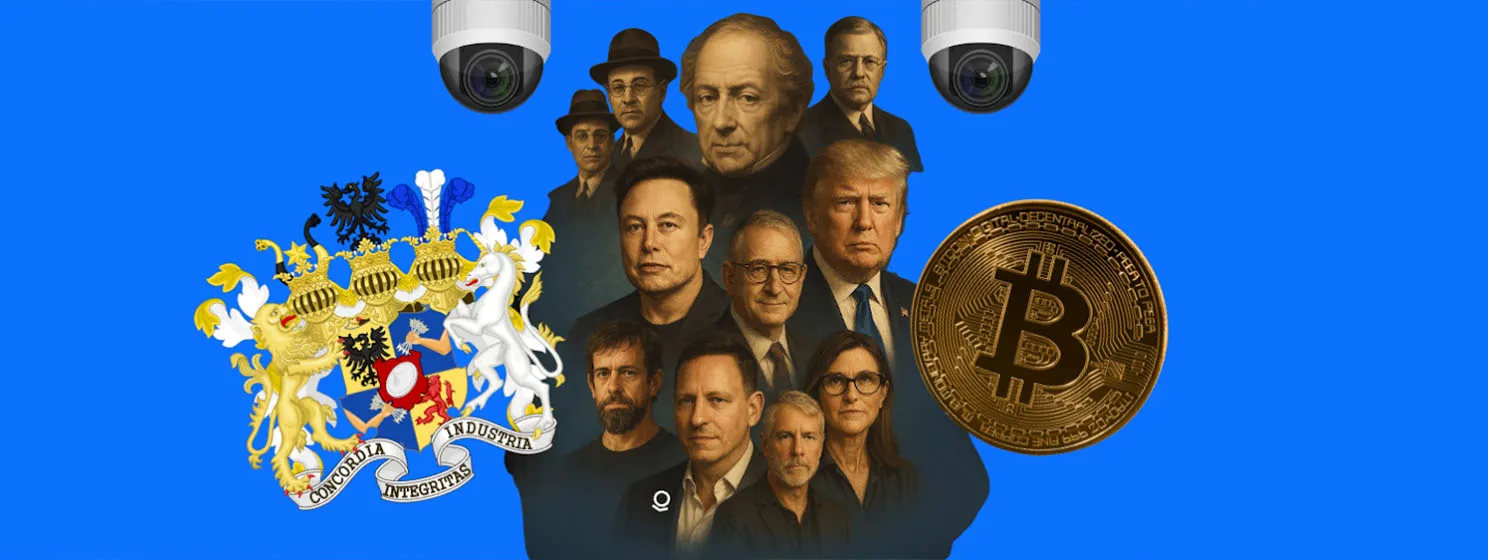|
Getting your Trinity Audio player ready...
|
This article was first published on Dr. Craig Wright’s blog, and we republished with permission from the author. Read Part 1, Part 2, Part 3, and Part 4.
The Bitcoin white paper (Wright, 2008, p. 1) references a system that provides “small casual payments,” allowing for the dissemination of transactions across the internet. Understanding both micropayments and the nature of sending small casual payments across the internet necessitates describing and analyzing micropayments and referencing Bitcoin and blockchain technology in the same context. In this analysis, the term micropayments will be used to describe transactions that may be made efficiently—for under 50 U.S. cents. In such a functional specification, the cost of systems, including M-Pesa (Mbiti & Weil, 2013), will be demonstrated as too large to be incorporated into usage of micropayment solutions.
Alternatively, the deployment of digital token systems such as the BTC and Ethereum networks, as offshoots or derivatives of the original Bitcoin concept, will also be documented as not being feasible for a micropayments function. Creating a descriptive framework documenting the requirements of micropayments and the terminology behind them will be necessary for providing factually sound information to businesses and enabling them to understand the systems providing digital cash and electronic token payment systems and how they scale and interact within the global economy.
Annotated Bibliography
Karsen, M., Chandra, Y. U., & Juwitasary, H. (2019). Technological Factors of Mobile Payment: A Systematic Literature Review. Procedia Computer Science, 157, 489–498. https://doi.org/10.1016/j.procs.2019.09.004
In this paper, the authors present a literature review relating to the developments in the mobile payment industry covering the decade following the launch of Bitcoin. The paper also explores the various ecosystems from regulators to manufacturers, software developers, financial institutions, and retail customers. Finally, the paper explores the research question, “What are the key technological factors using mobile payment?” In this, the authors have conducted a literature review spanning 54 papers and have noted 17 key technological advancements required for mobile payment systems.
The paper addresses the topic of micropayments briefly, concerning payments using mobile devices. Despite the various use cases that have been promoted in relation to micropayments over the years, the authors see mobile payments as a direct cash-based system with person-to-person payments using mobile devices. Such an approach is discounted, and ignores the benefits of global trade at small casual values and the ability for international trade to be differentiated through the sale of data and information. Likewise, such processing could be dis-intermediated without requiring large aggregation sites for integrators.
The research presented in this paper demonstrates the fundamental disconnect between the global financial industry, the mobile payment industry, and the original concept of micropayments over the internet. Such an approach fails to integrate the benefits of micropayments and provide information concerning the lack of research and development in the micropayment space. Equally, the papers researched fail to comprehend the benefits that can be achieved through small-scale data processing and sales across geographically dispersed distances.
Rathee, G., Gupta, S. D., & Jaglan, N. (2020). A Review on Blockchain and Its Necessitate in Industrial IoT. In H. S. Saini, R. Sayal, R. Buyya, & G. Aliseri (Eds.), Innovations in Computer Science and Engineering: Proceedings of 7th ICICSE (pp. 207–214). Springer. https://doi.org/10.1007/978-981-15-2043-3_25
Rathee et al. review the integration of blockchain technology with industrial IoT (IIoT) devices. The authors note how cloud infrastructure remains expensive and limits the possibility of many potential IoT applications. In particular, the ability to pay for small amounts of bandwidth and storage and to correlate and scrutinise data on an ad hoc basis remains outside of the province of the current technology because of the necessity of integrating payments across a large number of machines to make the financial services of cloud operators profitable.
The literature review in the paper covers a variety of techniques, including those concerning distributed file systems (DFS) such as IPFS. In this analysis, Filecoin is presented as an example system utilizing micropayments for the storage of data. The process incorporates a micropayment system that allows a token to be exchanged against a guaranteed purchase where intermediation costs are limited. In addition, the file provider can have a reputation-based system providing proof of access, or an integrated escrow methodology can be developed that allows payment only at the completion of the storage contract.
The development of IIoT systems is noted to extend into supply chain management and to provide a methodology for the disintermediation of complex exchanges and the tracking of components. Each step in the logistics process requires an exchange of documents. With logistics systems being complex and sometimes having many steps, the cost of storing and exchanging contracts can be high unless the process is managed at a micropayment level. The primary use of micropayments explained in this document references the exchange of tokens for small-scale services such as file storage and processing, but it could extend into logistics-based applications.
Youssef, S. B. H., & Boudriga, N. (2021). A resilient micro-payment infrastructure: An approach based on blockchain technology. Kuwait Journal of Science, 49(1). https://doi.org/10.48129/kjs.v49i1.10578
Youssef and Boudriga argue for the criticality of developing resilient micropayment systems. The authors present an alternative approach to Bitcoin. Rather than creating a system based on the distribution of hash headers and blocks utilizing a distributed auditing system, the paper presents a risk-averse approach based on the concept that “decentralization” is the primary purpose of a blockchain, rather than a blockchain using a decentralized approach to deliver micropayments and reduced fees.
The paper approaches the development of an alternative to Bitcoin based on the block size of transactions, and creates an assumption that trust requires small blocks and a system that is outside of regulatory control. While such an argument is commonly used within the “cryptocurrency” industry, the creation of blocks is not provided at a user level, and nodes are limited in scope to a small number of systems that create blocks. The research is based on the false concept that trust is only valid if users personally verify all network transactions. As people use Visa and Mastercard without this level of validation for larger value transfers, the claim that users need to validate everything for smaller-value transactions fails and must be rejected.
Finally, the paper demonstrates a disconnect as to the purpose of Bitcoin in making an argument that the system was developed to “be decentralized,” rather than having utilised an approach based on the delivery of “small casual payments” (Wright, 2008). The distinction is significant, and the goal of creating a system that is outside of the law, which is based on providing “censorship-resistant” transactions beyond the reach of law enforcement, is not the same as creating and delivering a system that can be enforced by regulators and government but has a primary objective of minimizing fees or costs to the users of the system.
Additional References
Mbiti, I., & Weil, D. N. (2013). The Home Economics of E-Money: Velocity, Cash Management, and Discount Rates of M-Pesa Users. American Economic Review, 103(3), 369–374. https://doi.org/10.1257/aer.103.3.369
Wright, C. S. (2008). Bitcoin: A Peer-to-Peer Electronic Cash System. SSRN Electronic Journal. https://doi.org/10.2139/ssrn.3440802
This article was lightly edited for clarity purposes.
Watch: The Future World with Blockchain

 07-15-2025
07-15-2025 





